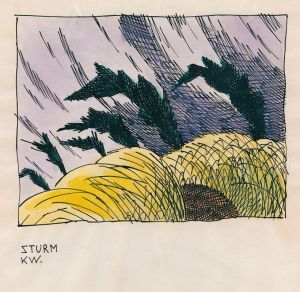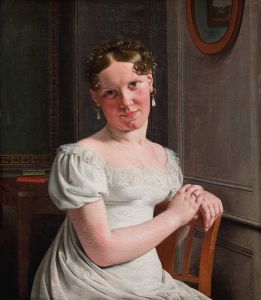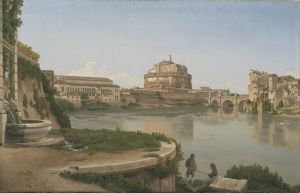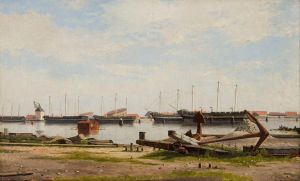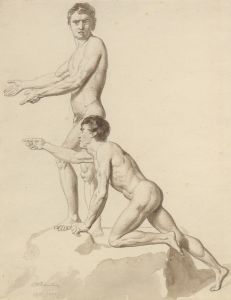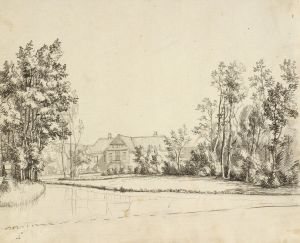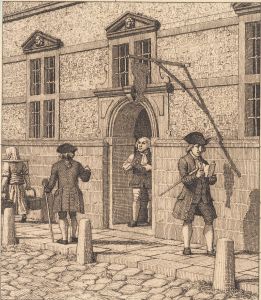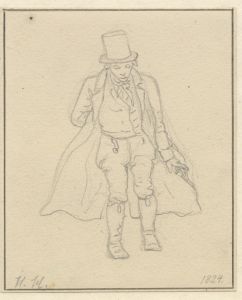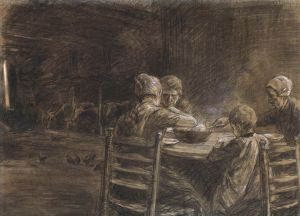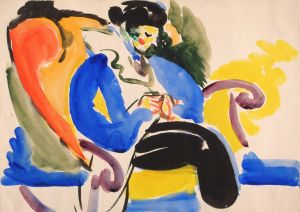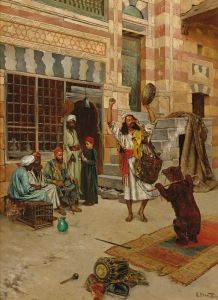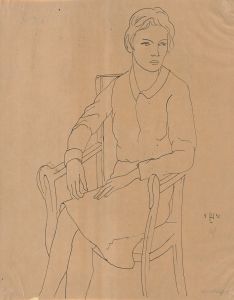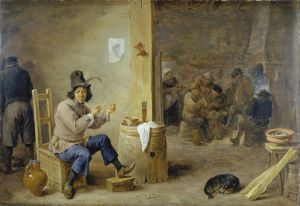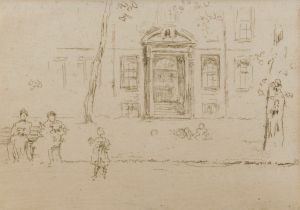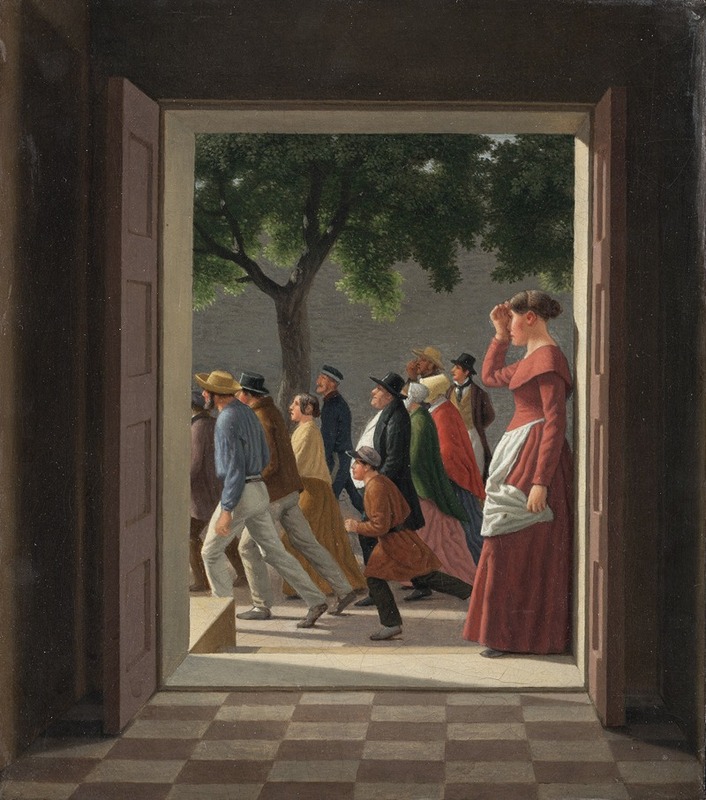
View through a Door to Running Figures
A hand-painted replica of Christoffer Wilhelm Eckersberg’s masterpiece View through a Door to Running Figures, meticulously crafted by professional artists to capture the true essence of the original. Each piece is created with museum-quality canvas and rare mineral pigments, carefully painted by experienced artists with delicate brushstrokes and rich, layered colors to perfectly recreate the texture of the original artwork. Unlike machine-printed reproductions, this hand-painted version brings the painting to life, infused with the artist’s emotions and skill in every stroke. Whether for personal collection or home decoration, it instantly elevates the artistic atmosphere of any space.
Christoffer Wilhelm Eckersberg, often referred to as the "father of Danish painting," was a prominent figure in the Danish Golden Age of painting. His work, "View through a Door to Running Figures," exemplifies his mastery in capturing light, perspective, and the human form. Painted in 1845, this artwork is a testament to Eckersberg's dedication to realism and his keen observation of everyday life.
Eckersberg was born in 1783 in Blåkrog, Denmark, and studied at the Royal Danish Academy of Fine Arts in Copenhagen. He further honed his skills in Paris under the tutelage of Jacques-Louis David, a leading French neoclassical painter. This experience significantly influenced Eckersberg's style, which combined neoclassical precision with a distinct Danish sensibility.
"View through a Door to Running Figures" is a fine example of Eckersberg's ability to integrate architectural elements with human activity. The painting depicts a scene viewed through a doorway, where figures are seen running, possibly engaged in a playful or hurried activity. The composition is carefully structured, with the doorway serving as a frame within the frame, guiding the viewer's eye into the depth of the scene. This technique showcases Eckersberg's skill in perspective, a subject he taught extensively at the Royal Danish Academy.
The use of light in the painting is particularly noteworthy. Eckersberg was known for his ability to capture the subtleties of natural light, and in this work, he employs it to create a sense of movement and vitality. The light streaming through the doorway not only illuminates the figures but also enhances the spatial dynamics of the composition, adding to the realism and immediacy of the scene.
Eckersberg's attention to detail is evident in the rendering of the architectural elements, which are depicted with precision and clarity. This focus on detail reflects his background in neoclassicism, where accuracy and harmony were paramount. The figures, though secondary to the architectural setting, are animated and expressive, demonstrating Eckersberg's interest in human interaction and emotion.
Throughout his career, Eckersberg was committed to teaching and influencing the next generation of Danish artists. His tenure as a professor at the Royal Danish Academy allowed him to impart his knowledge of perspective and composition to students who would later become prominent artists in their own right. His impact on Danish art was profound, and his works continue to be celebrated for their contribution to the development of realism in the 19th century.
"View through a Door to Running Figures" remains an important piece within Eckersberg's oeuvre, illustrating his ability to blend architectural precision with lively human activity. It reflects his broader artistic goals of capturing the beauty and complexity of the world around him, a pursuit that has earned him a lasting legacy in the history of art.





